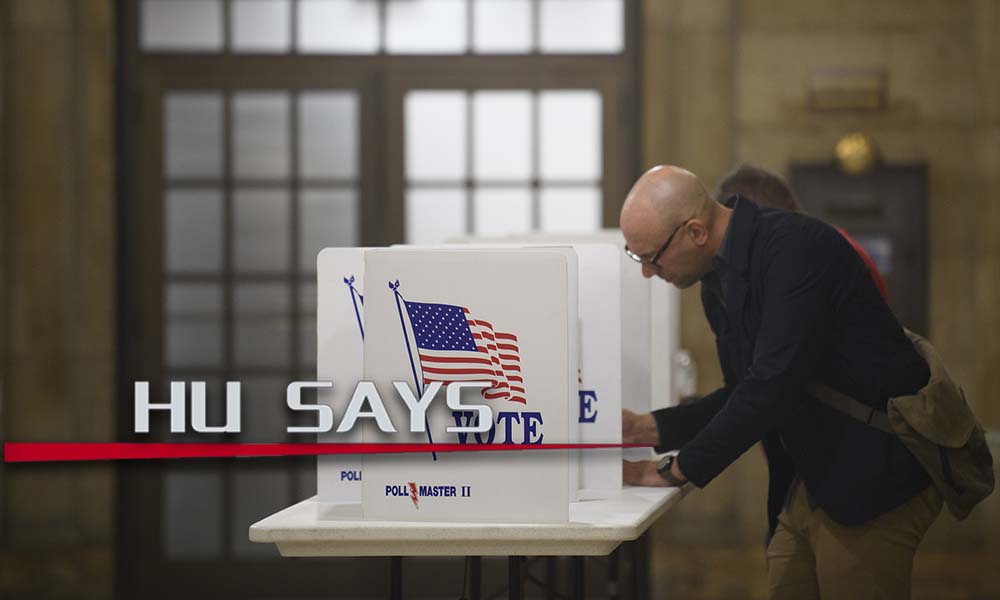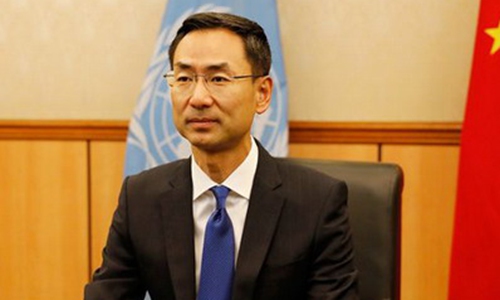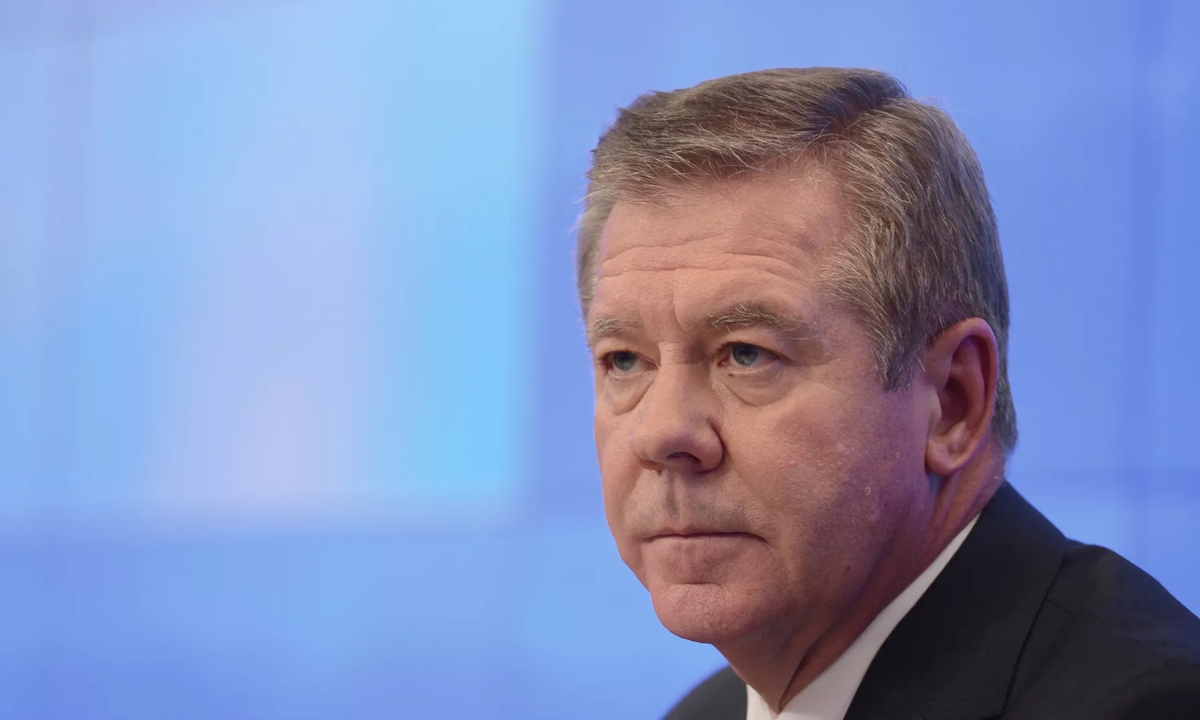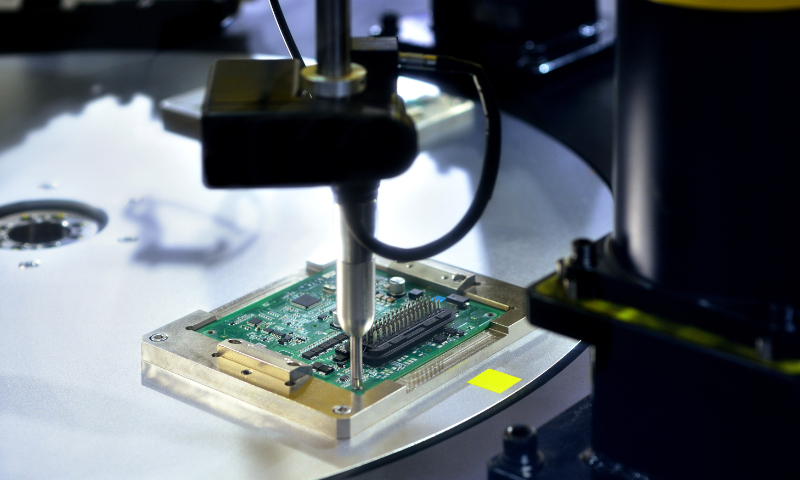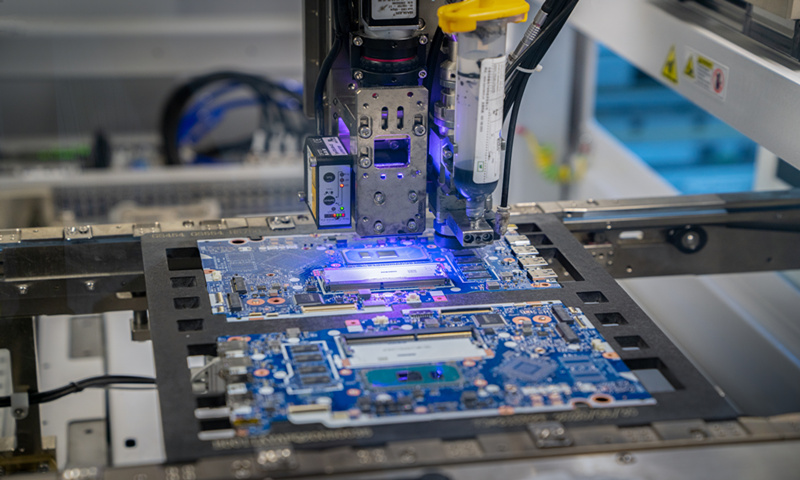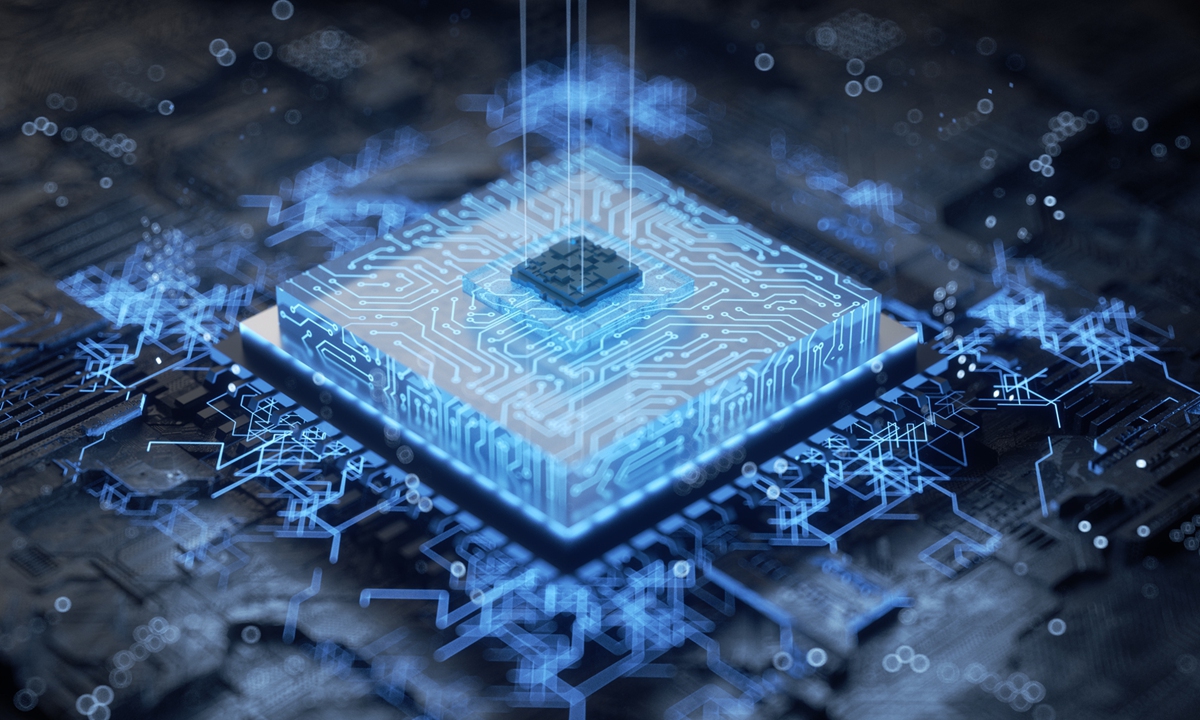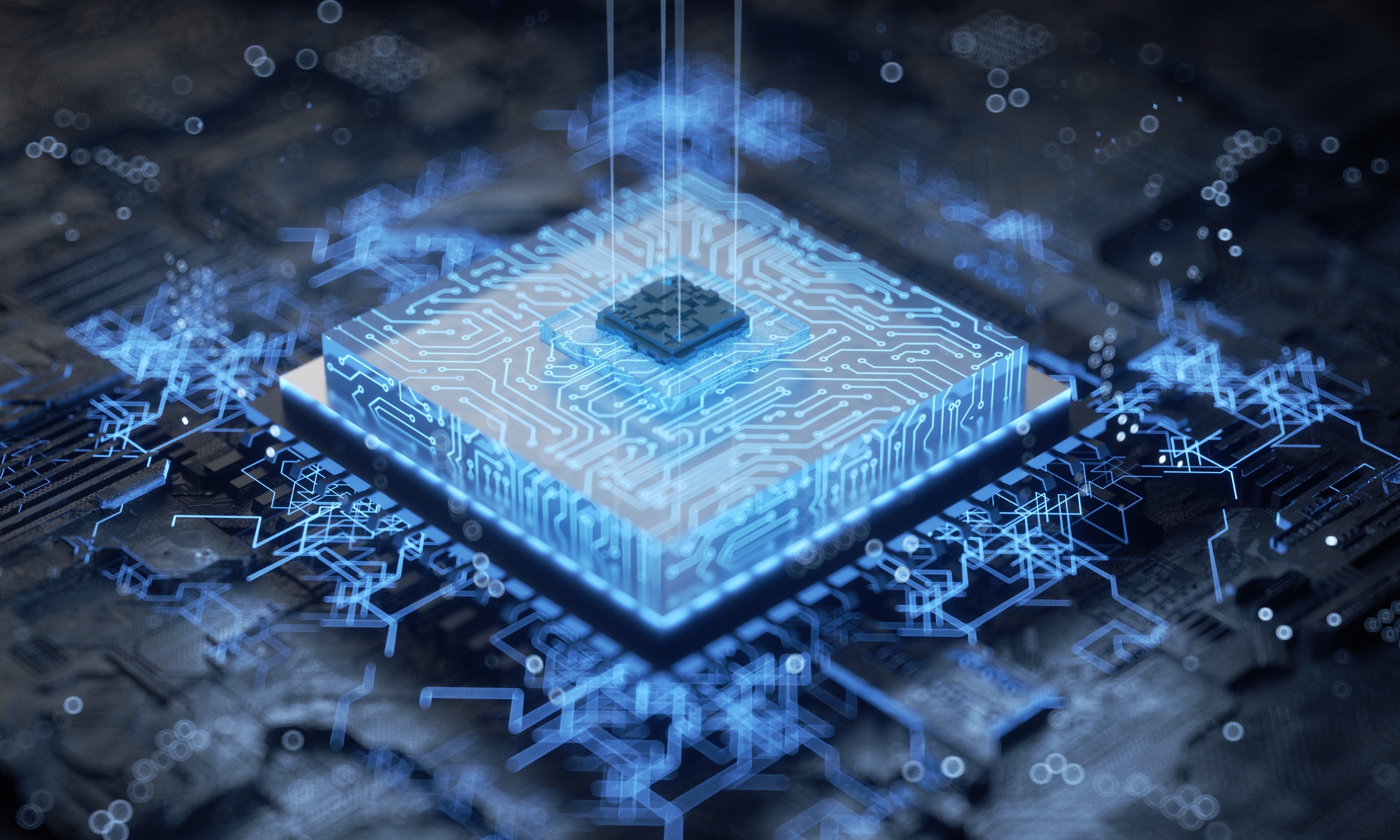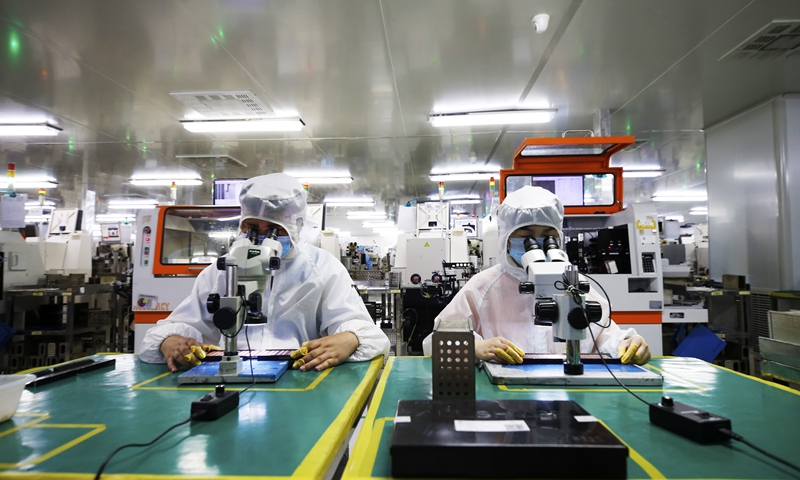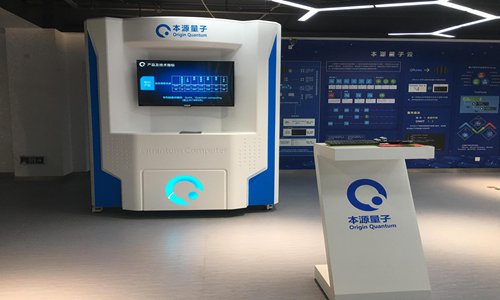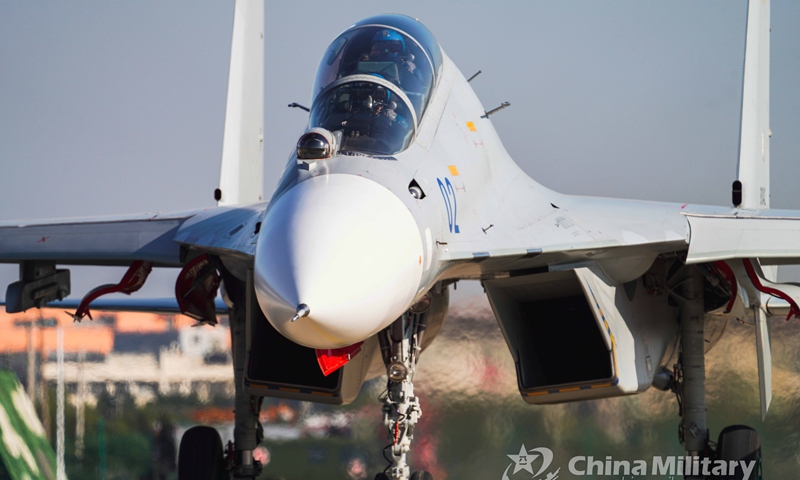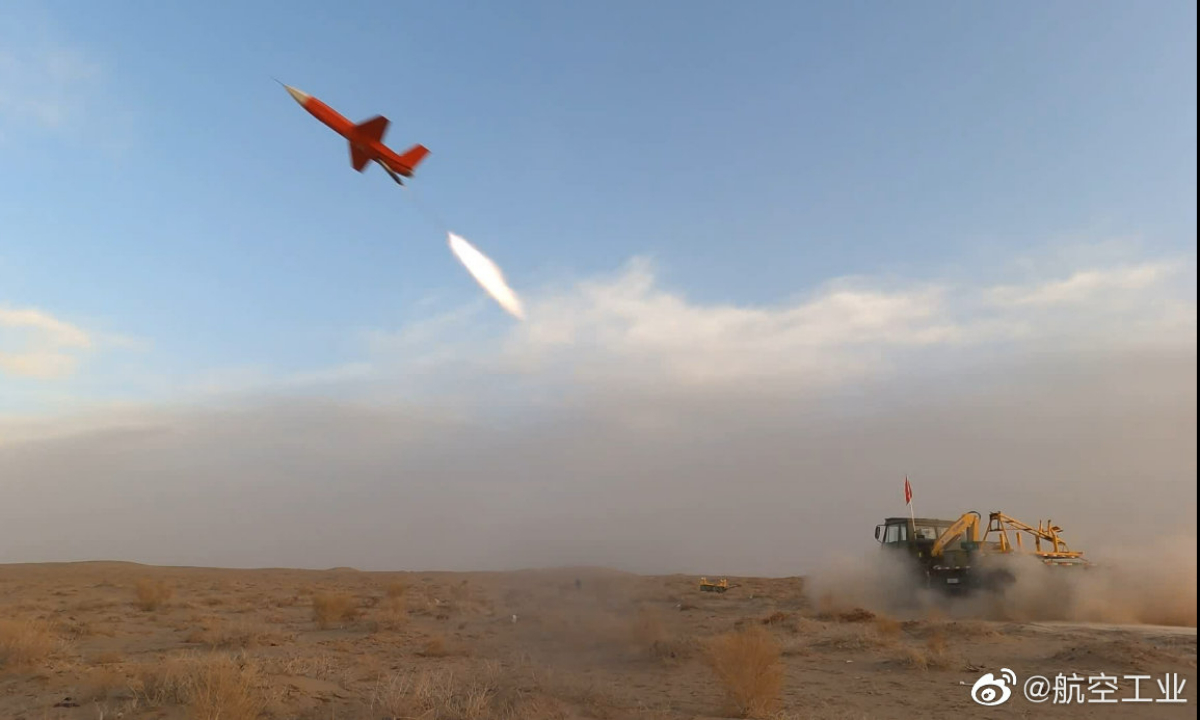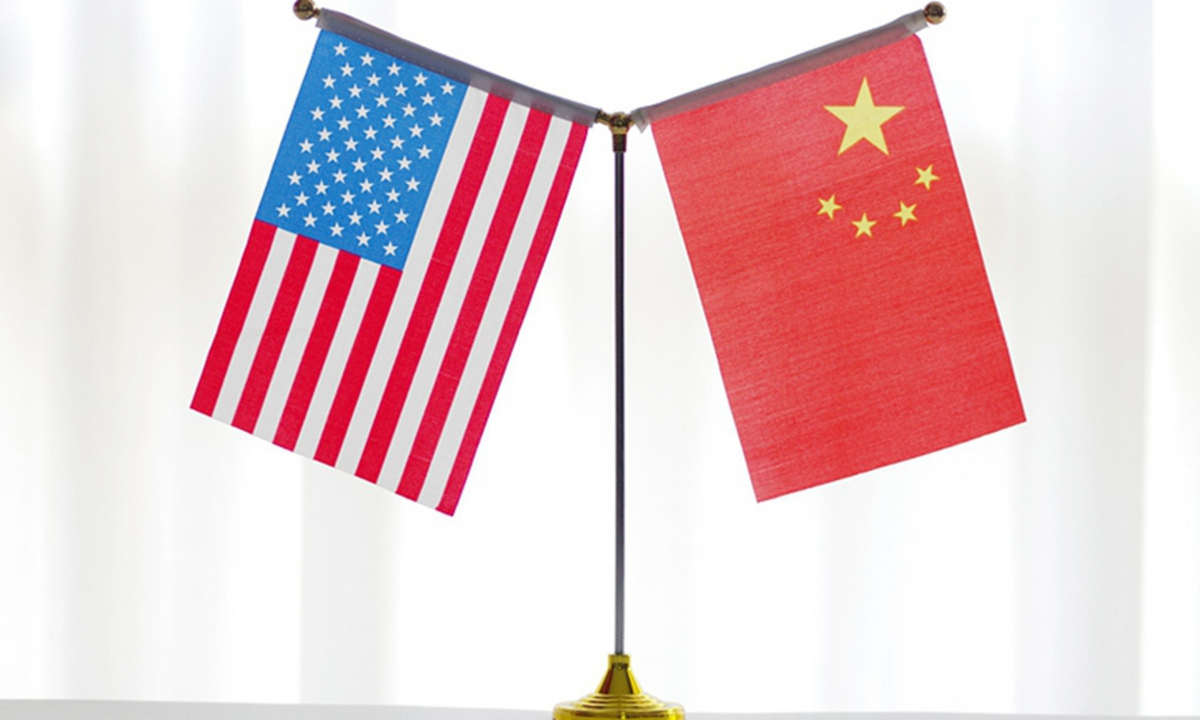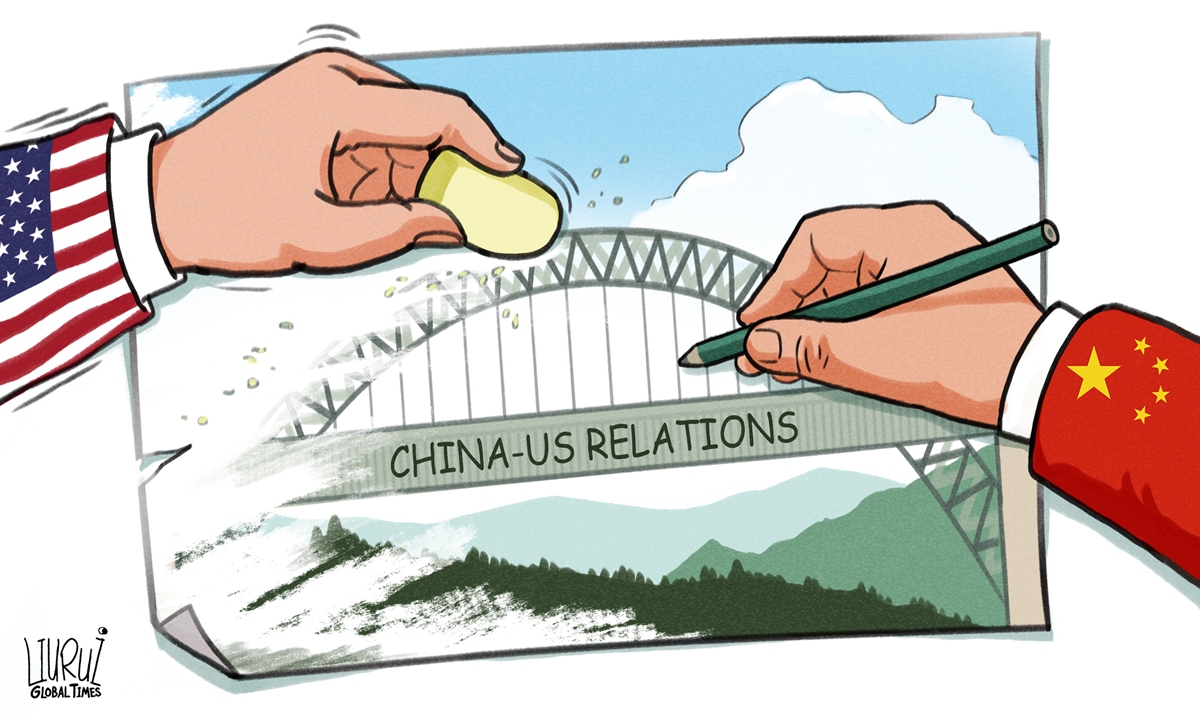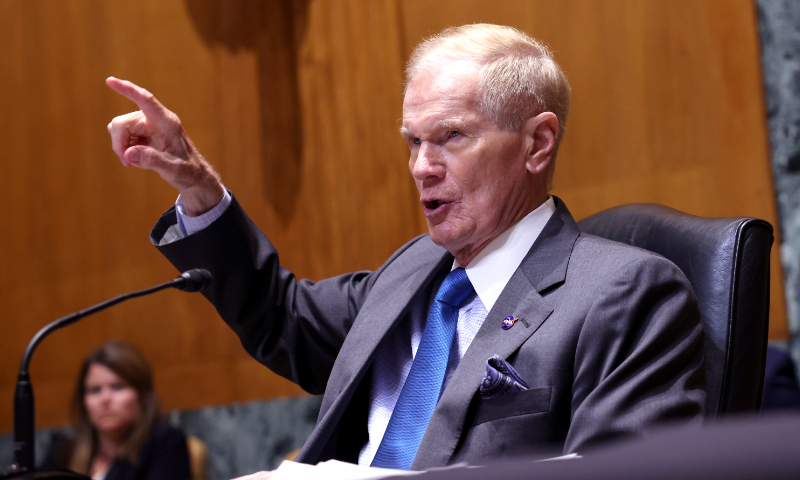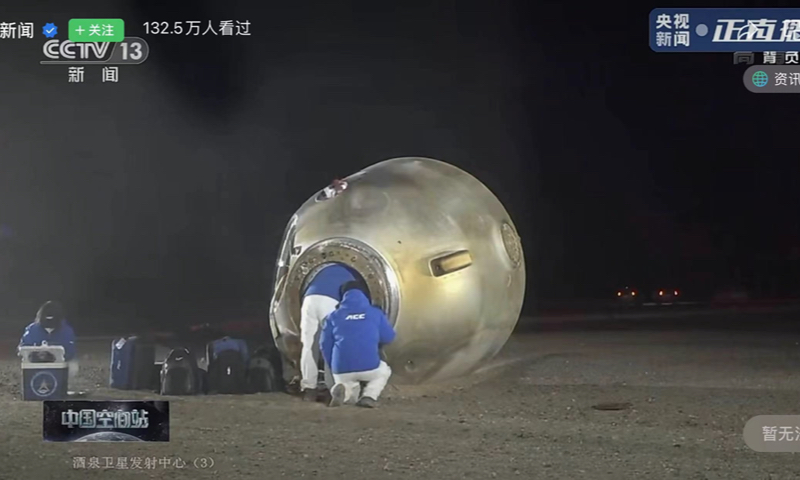Whether it’s treating phobias, rehabilitating patients or raising safety standards, virtual reality has become a terrific tool for overcoming the obstacles posed by the real world.
Raising the bar
Over at Taman Desa in KL, chartered physiotherapist Lian Yunperng is using VR as part of physiotherapy treatments, describing the virtual world as a “form of distraction from pain”. “We recommend this specifically for people recovering from a stroke or those who may be living with chronic pain. “They may find it difficult to lift an object due to their condition, so we help them achieve upper-limb movement by practising using VR,” says Lian, who owns and operates Ace Physiotherapy. Lian starts a session by securing the headset for the patient and adjusting the focus so they can see clearly. Patients are not required to walk and will largely be sitting down. “I will be guiding them throughout the process as I can view what they are seeing on my smartphone. “The sensors will track their hands and they will be able to perform movements such as picking up an object like a stone or throwing a ball in the virtual environment,” he says. They may also be tasked with completing a block puzzle. It starts off with three blocks, with the number of blocks and complexity increasing as the patient progresses. Each VR session typically lasts about 10 to 15 minutes and after undergoing training for three months, Lian will measure patients’ progress by checking their muscle power. “For severely debilitated patients, we hope to see improvements, including being able to perform movements such as making a fist, moving their fingers or lifting their wrist,” he says. Lian first integrated VR as part of his physiotherapy services back in 2019 – while exploring ways to improve his services, he stumbled upon a crowdfunding campaign for a VR headset. “The product was geared for gaming, but I was inspired by the possibilities and started to look into how I could use VR for rehab,” he says. He eventually decided to go with Oculus after testing several products and finding apps that he felt would be suitable for his physiotherapy plan. “The headset is light and portable. I don’t need cables (it uses a rechargeable battery) or to carry extra equipment such as monitors. “I can get it ready in 10 minutes by using my phone and not waste my patient’s time,” he says. Lian is careful not to introduce VR to patients without first assessing their suitability. “They must not have conditions like epilepsy or severe balance issues. If they feel dizzy while using VR, then the treatment will cease,” he says. The feedback for incorporating VR as part of the physiotherapy treatment has been encouraging, saysLian, adding that most patients were open to it. “They get to try something new and there’s a fun element to it,” he says.Training tech
Fun is the last thing on the minds of workers at the Genting Tunnel East Coast Rail Link (ECRL) construction site in Bentong, Pahang, as they have to be on their toes to stay safe and minimise risks. “Safety is a priority for everyone. It is compulsory to attend safety training due to the exposure to various types of hazards,” says Datuk Osman Haron, the health, safety and environment director for China Communications Construction ECRL, the main contractor for the ECRL project owned by Malaysia Rail Link (MRL). To improve and enhance safety awareness levels at the site, the company said it set up a VR Safety Experience Hall to allow its workers to learn about safety in a more immersive environment. It has two VR safety experiences, the first being a VR pod that simulates the experience of a fast-moving vehicle. In a demo, the pod simulated a bumpy cart ride with tight turns and steep slopes in a snowy mountain that was made more real by its ability to blast air and physically move in multiple directions. “There are trainings to simulate car crashes and falling from great heights. The experiences are meant to serve as reminders to workers to always perform safety checks when on site and to equip themselves with the required gear,” Osman adds.The other VR service gives the worker freedom of movement within a designated area, allowing him or her to pick up tools and operate them in a virtual world. Depending on the chosen scenario – it’s claimed to offer up to 100 options, including one that was inspired by real construction tragedies in China – the dangers they face will be different.
Workers may find themselves operating a crane, only for the hosting cable to snap and injure others, or drilling in a tunnel while standing on an unsteady platform that would break.
After each experience, a pop-up will show the actions that led to the mishap.For example, in the first scenario, the cable could have snapped because no prior inspection was conducted to ensure all equipment was in order, and in the second, it could be due to workers not wearing safety harnesses and the scaffolding not being built according to safety standards. “
Typically, workers would have to sit through hour-long briefings on safety and they may not retain all the information due to the static setting.
“By experiencing what could happen if they are not aware of precautionary measures with VR, it will be a more beneficial learning experience,” Osman says.Untapped uses
Osman admits, however, that VR can’t replace all aspects of safety training, as practical experience is still an important aspect. For example, workers have to learn how to operate machinery in real life so that they can feel the “weight” and how objects move in certain weather conditions. “For some aspects of safety training, we try to find ways to combine it with VR, as it has the advantage of helping workers fully visualise situations,” he says. He adds that VR also helps to remove constraints such as the need to be in various locations and facilities for training. “We’ve had issues where training could not be conducted because the trainer was not there. “But with VR, there is no such issue. We can also upgrade the software with new experiences to keep our workers updated with new safety guidelines when they move to a new site,” he says. Meanwhile, Tanjina says that with VR “moving fast”, she sees the potential of it being used for online sessions with both the therapist and patient appearing as 3D avatars. What’s crucial now, she says, is to create more awareness about the benefits of VR and other forms of technology in mental health treatment. “People were not open to technology being used as part of mental health treatment until the pandemic opened opportunities for people to try online therapy. “The biggest hurdle is helping more people become aware of the benefits of technology in certain aspects,” she says. Lian agrees, saying that people have to be more open to trying new forms of tech for physiotherapy treatment. He claims that robotics, such as an exoskeleton, can be incorporated into rehabilitation therapies, and that an Ai-powered device is being developed to assist stroke patients in performing movements. “I encourage people to think outside the box and not be limited to what they have learned in university. “Go to expos and conferences to learn about tech advancements in health. I would also advise them to look into the science and research behind it,” he says. Osman adds that, in addition to VR, the company is relying on technology such as drones to monitor remote areas that are difficult to access by humans. “We are closely following the development of technology in various fields to see how it can be implemented.“Technology is very much an important aspect of what we do,” he says.
Related:
Tech giants bank on VR for metaverse opportunities
https://www.thestar.com.my/business/business-news/2022/12/20/tech-giants-bank-on-vr-for-metaverse-opportunities
Tech giants bank on VR for metaverse opportunities
Virtual Reality - breaking human barriers - LinkedI
Video Essay: How VR Is Breaking Boundaries in Modern Society
The 5 Biggest Virtual, Augmented and Mixed Reality Trends In 2022
Related posts:
What parents need to know about VR ?
The hottest tech in videogames is virtual reality. Find out its potential effects on kids before buying a headset.

VR gaming gears up for the mainstream



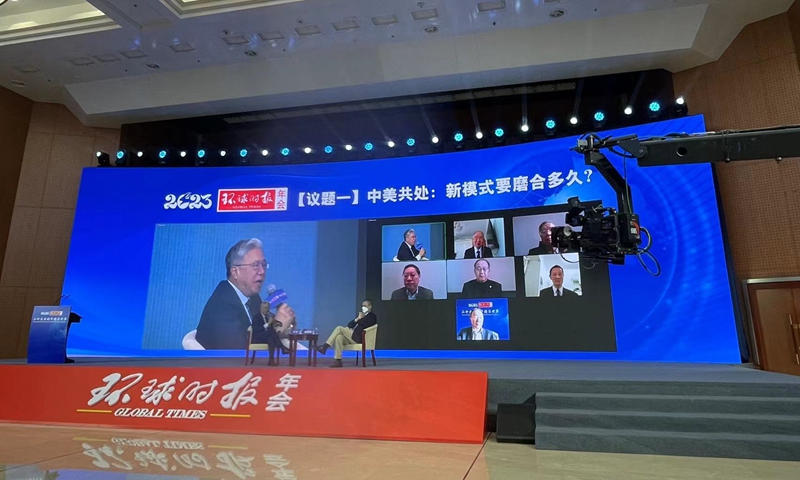 Photo: Global Times
Photo: Global Times 
